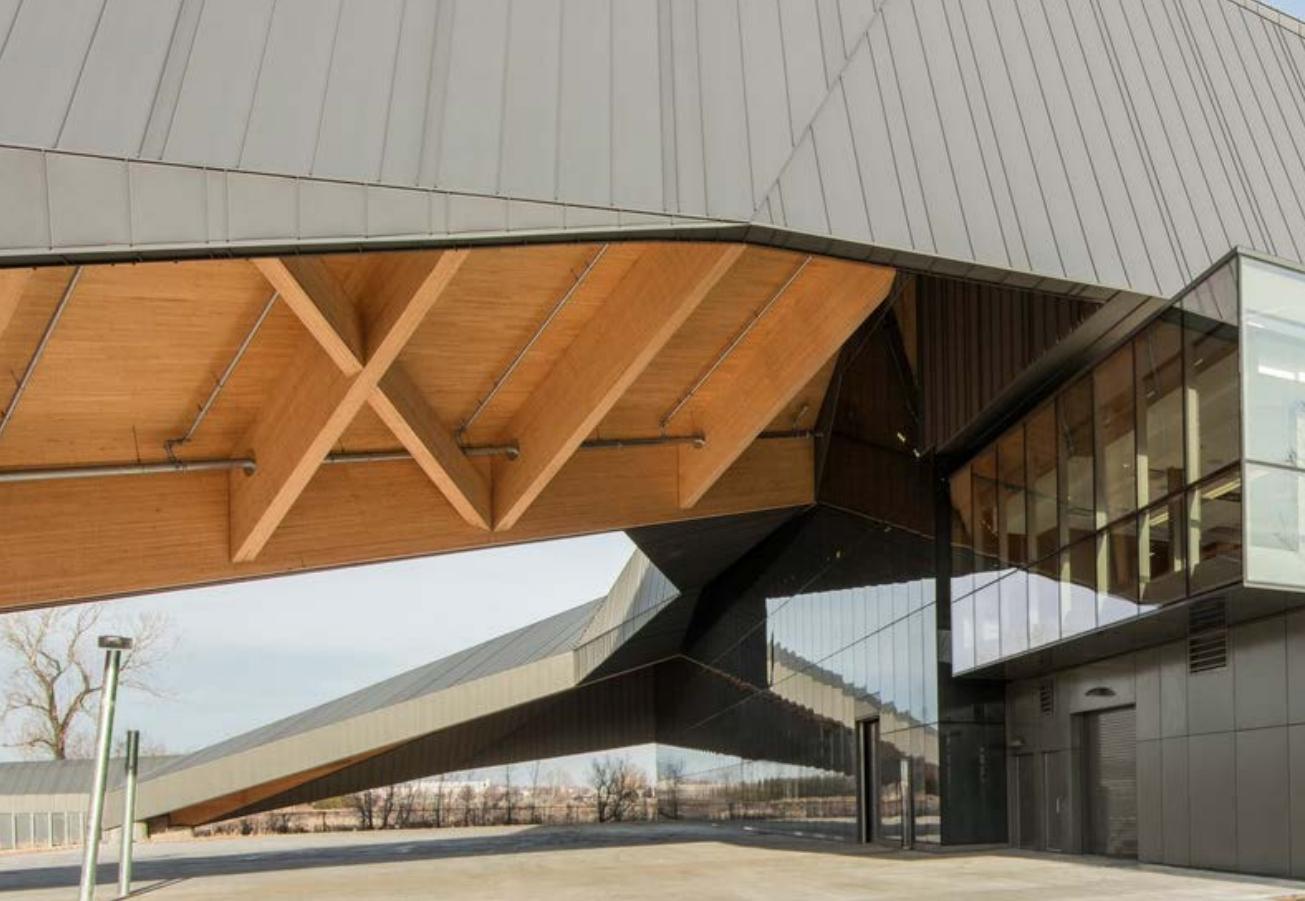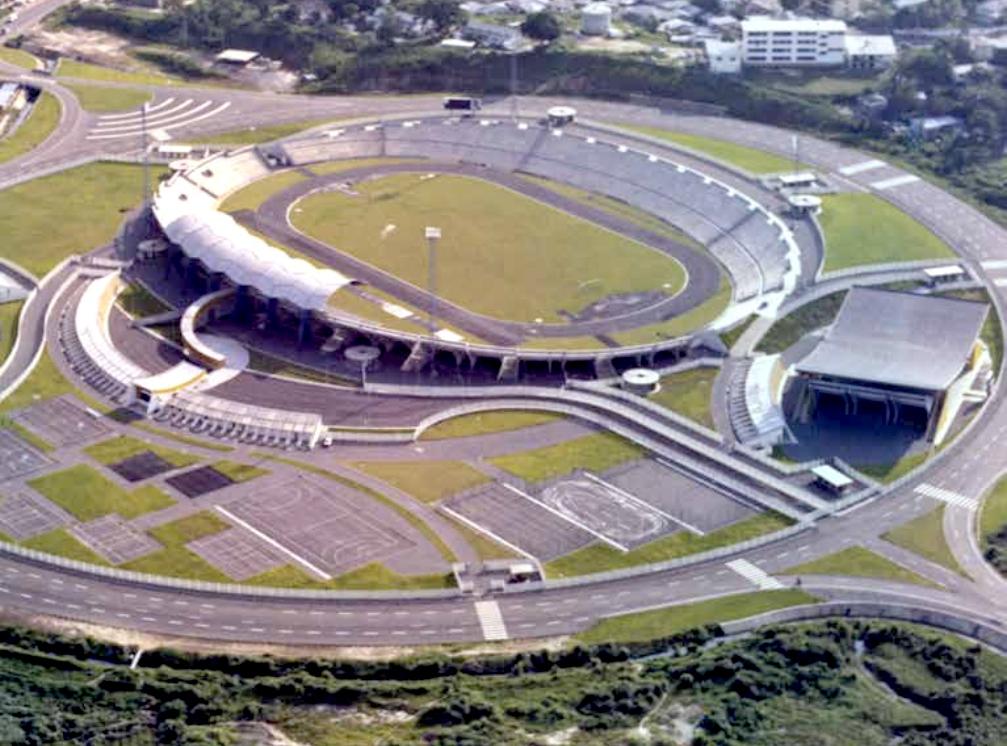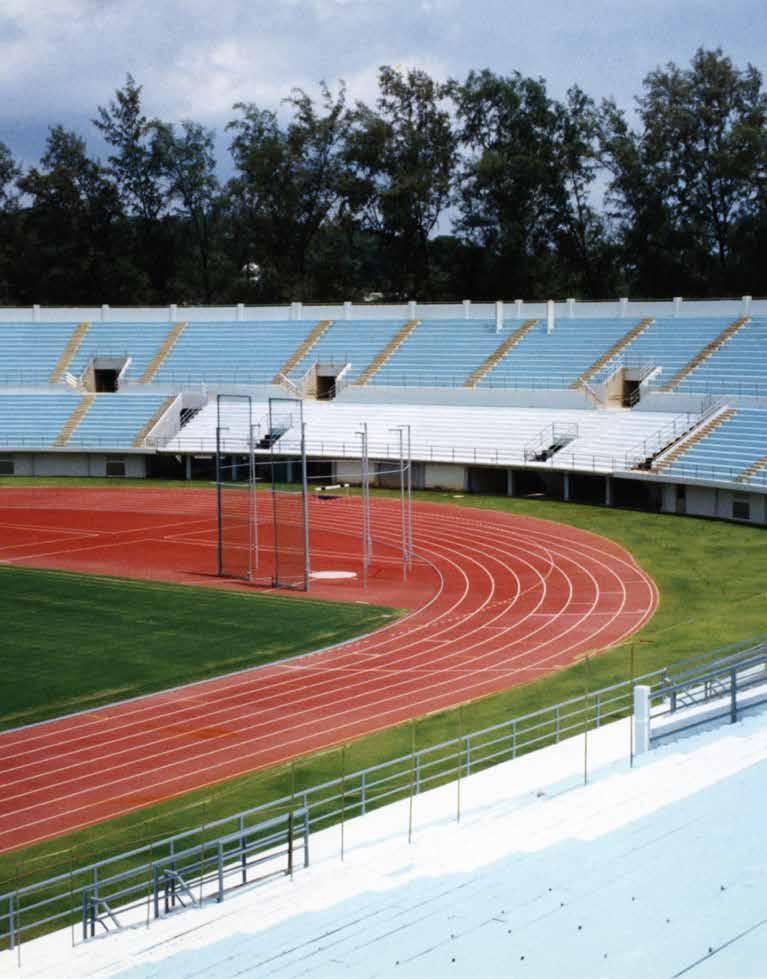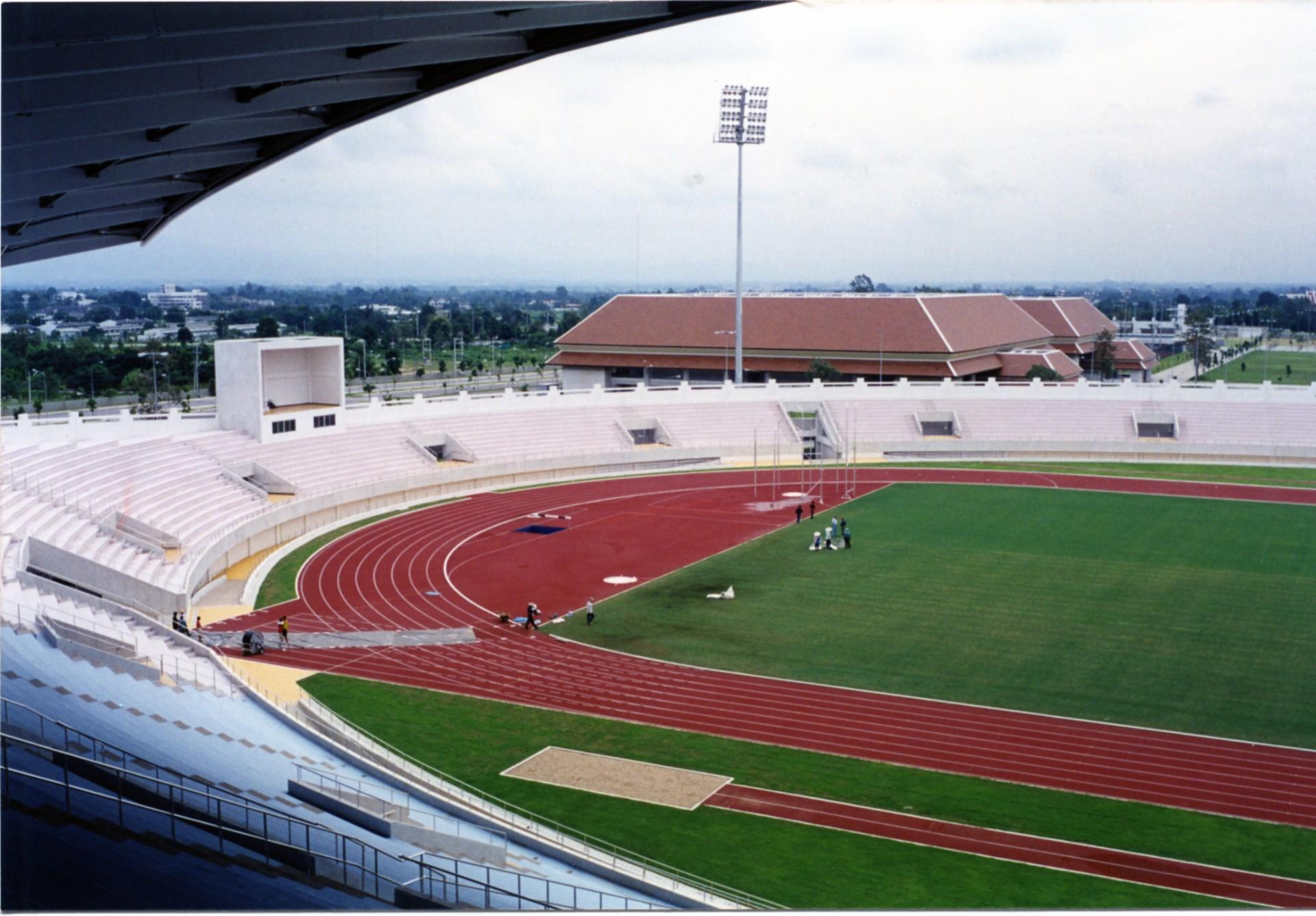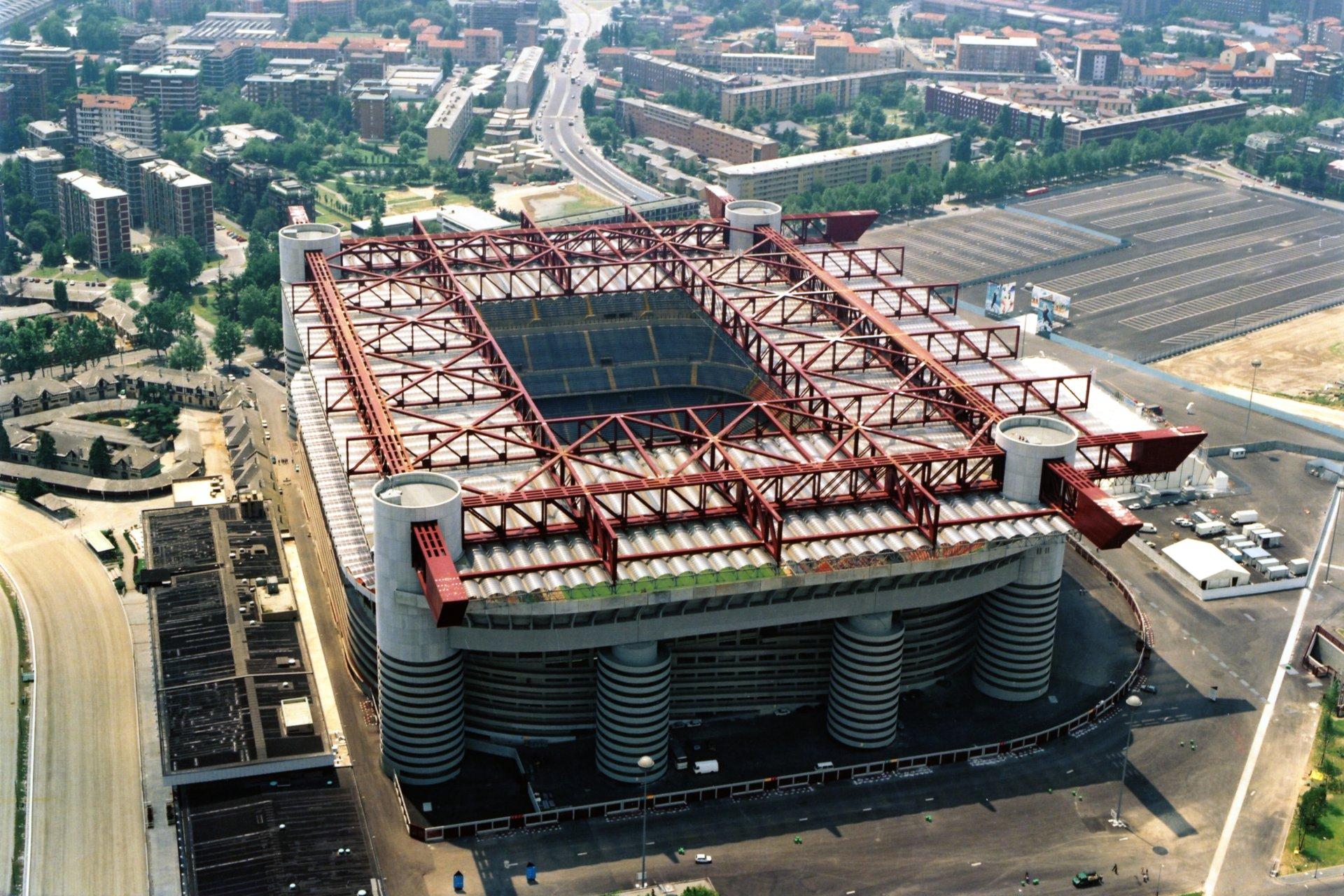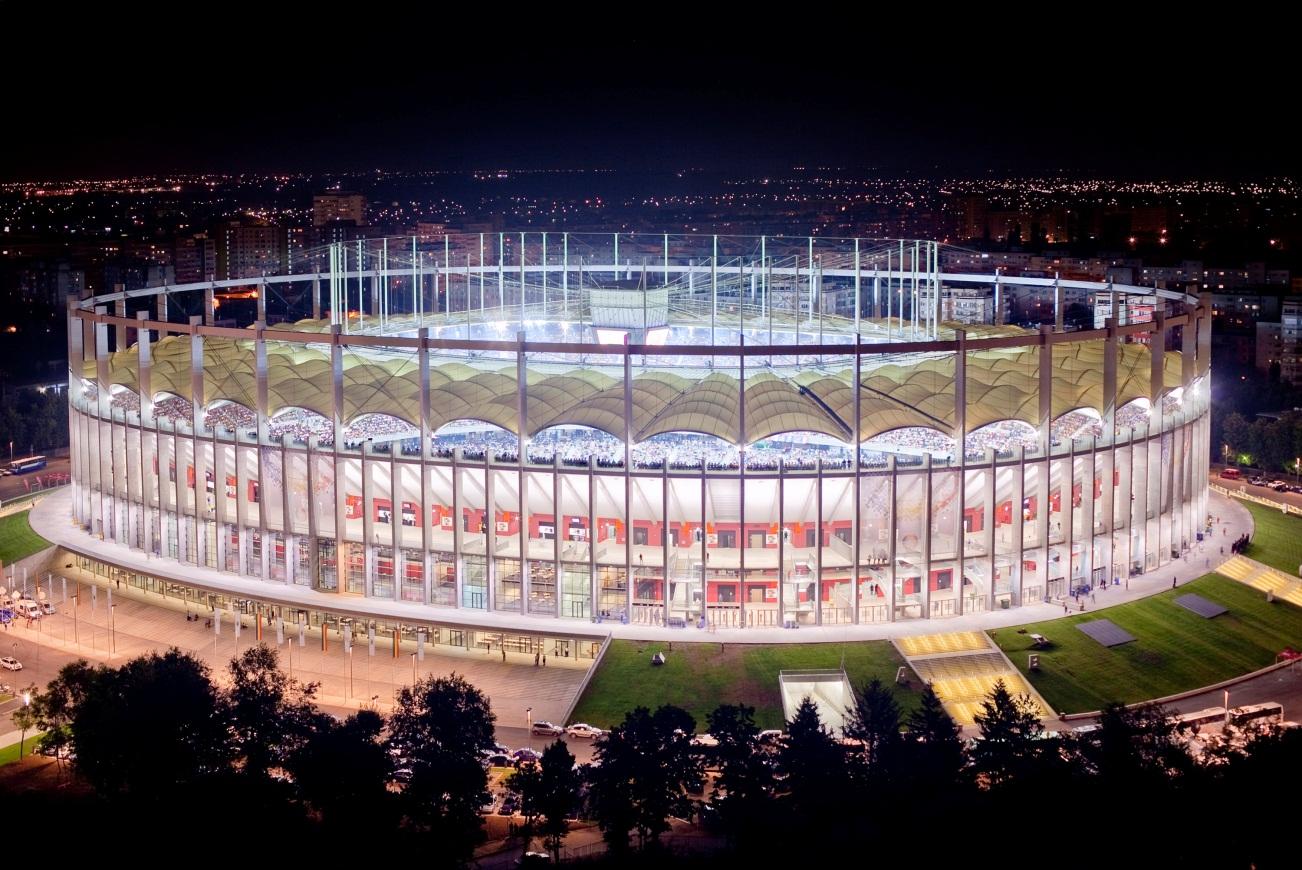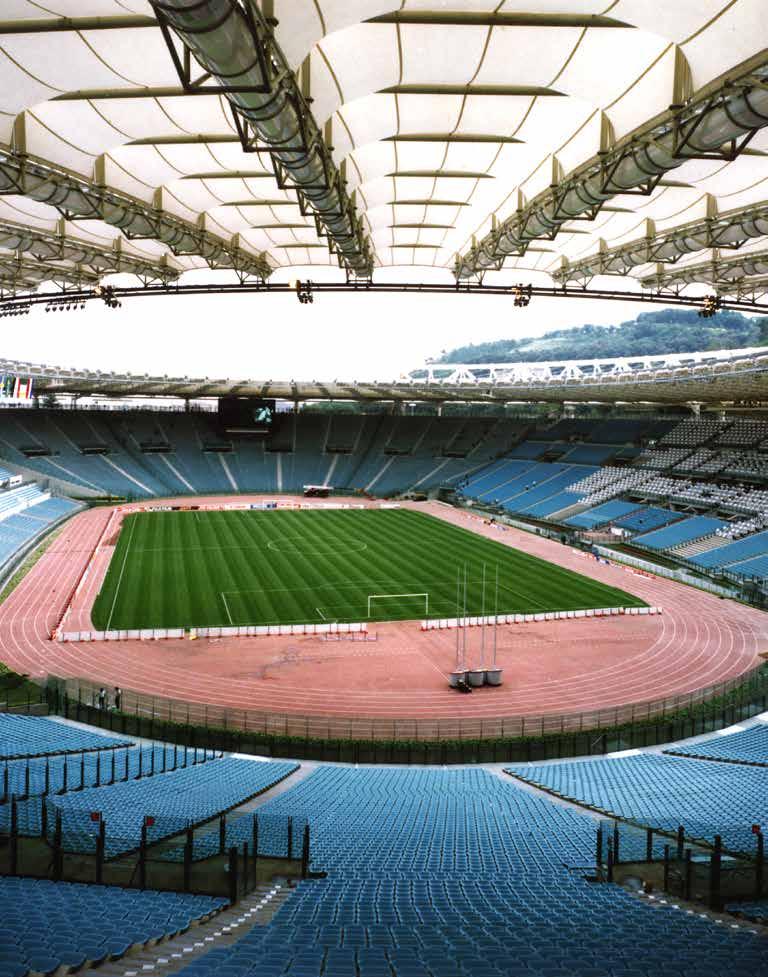Webuild Stadiums
Modern Sports Temples built globally
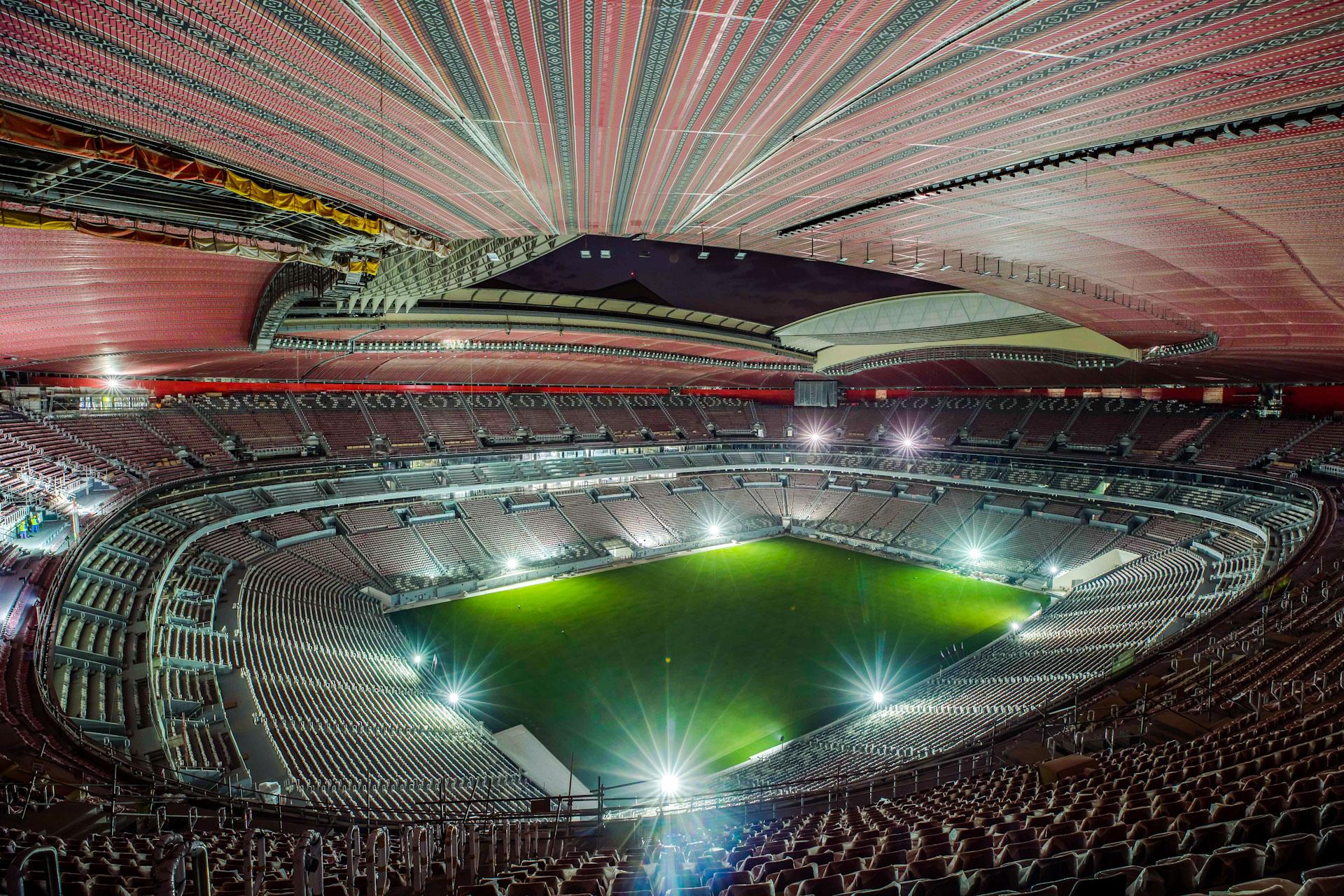
Building a stadium means being able to shape a work into something able to absorb and mirror the collective enthusiasm, supporters' fervour, passion and the sense of belonging.
Webuild's stadium projects interpret the role of "stadium" as a space for sharing emotions, which is designd to last in time and offer an immersive and safe experience.
A stadium is not just an infrastructure like many others, a functional instrument that meets people's needs, but a structure that meets this need while also promoting the social dimension of this sport.
In this sense, engineering and technology serve people. Just like the new 2022 FIFA World Cup stadiums in Qatar, designed with acoustics capable of channelling thousands of voices into a single huge chorus, therefore enhancing supporters' experience; or like multifunctional stadiums, which besides having a football pitch, also include an athletics track.
Multifunctional stadiums and the evolution of the sport infrastructure
Stadiums in representing a place where people meet, also interpret the evolution of this type of infrastructure, which began its journey with the objective of multifunctionality, to offer the public a variety of sport entertainment through the presence of an athletics track, to change according to need.
Stadiums in Italy, from the past to the present
In Italy, the history of stadiums is filled with iconic interventions like the ones of the “Stadio Olimpico” (Olimpic Stadium) in Rome and the Meazza - San Siro Stadium in Milan.
Webuild, through studies and projects like the San Siro Stadium, adds to this journey with a future-oriented vision.
The goal is to merge modern safety needs, sustainability and accessibility with the respect for the cultural and urban role played by stadiums.
Webuild builds stadiums globally
Webuild has a long experience in the construction of stadiums, and it builds new ones to meet the needs of both fans and cities.
From the Italian stadiums to large international sport structures, each project aims at innovations, sustainability and inclusion.
Our Projects
Discover our stadium construction projects
From Wembley Stadium to Al Bayt Stadium for the 2022 Football World Cup: we design and build ultramodern, sustainable and easily accessible stadiums, with a huge aesthetic impact.
From large-scale national arenas to iconic FIFA World Cup venues, Webuild has played a key role in some of the most important stadium construction projects worldwide, combining architectural beauty with operational functionality.
The map of the main stadiums built by Webuild
Webuild Stadiums infographic
The new stadiums are increasingly technologically advanced structures, which are also sustainable and equipped with recreational spaces that can also be used besides sport.
Main stadiums built by Webuild
From the Wembley Stadium, designed by Norman Foster, up to the ones built to host the FIFA 2022 World Cup in Qatar, stadiums have now become sports museums. They are ultramodern, sustainable and easily accessible, and offer a huge aesthetic impact. Webuild participates in this development by building among the most worldly-renowned stadiums. Challenges met along with the most ambitious: the Al Bayt stadium in Qatar, one of the most innovative structures built to host the 2022 FIFA World Cup.
